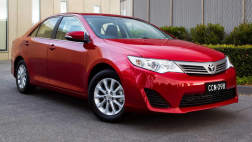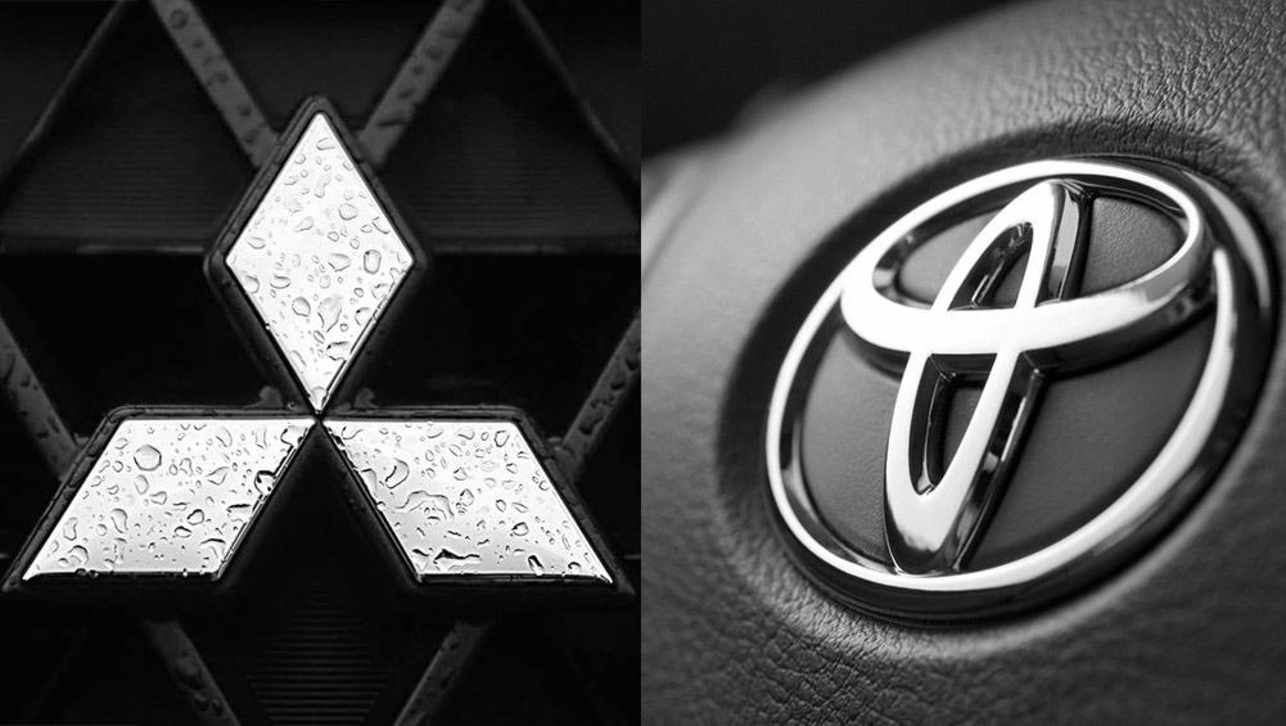A $1 billion network of plug-in charge points will be built around the country under a plan developed by American environmental pioneer Shai Agassi and backed by AGL Energy and the Macquarie Capital finance group.
More than 200,000 charging points will be installed at homes, offices and shopping centres in a local development of a program already underway in Israel and Norway. And there are also plans for quick-change sites where the next generation of electric cars can stop for a quick turnaround to a fully-charged battery pack.
The move comes as Mitsubishi prepares for sales of Australia's first plug-in electric car, its baby I-Miev, from 2009 and Mercedes-Benz promises an electric Smart Fortwo in 2010 with a similar power pack in its A and B-Class cars just a year later.
Israel has already signed an exclusive deal with the Renault-Nissan alliance, which is producing cars specifically for the country following Agassi's development through his Better Place organisation.
"Electric cars are going to be such a big part of the future of motoring," says David McCarthy, the spokesman for Daimler in Australia.
Other carmakers are sure to follow, with BMW Group about to go public with its Mini E for the USA next month, although others are not convinced.
Toyota is steering clear of pure electric vehicles in Australia because of its commitment to hybrids, including the upcoming petrol-electric Camry, and also because it is against the burning of coal to generate electricity.
Honda, another fan of hybrids, says it does not have a plug-in electric car for Australia.
"So far as we know, there is nothing under development in Japan," says Lindsay Smalley, the top Australian at Honda Australia.
"Something could be happening, but for the moment we have no plan to bring electric cars to Australia."
But the electric car grid is likely to accelerate the acceptance of battery-powered cars, particularly as the Mini E is promised with a 200-plus kilometre range which would satisfy almost all urban commuters.
The early focus in Agassi's plan is Melbourne, Sydney and Brisbane, with Adelaide and Perth to follow sometime after 2012.
"We call it a ubiquitous charging network across the cities. It's a massive infrastructure project ... and that means new jobs for Australians," Agassi says.
Payment for the system would be similar to a mobile-phone contract, although some European cities are experimenting with a parking-meter style plan for their electric power points.
The Better Place program will emphasise the use of renewable power, a link also being pushed by AGL.
Full details of the plan are still being finalised, but it is backed by the Victorian government and the Federal government is assisting with a national agreement - similar to the Australia-wide rollout of fibre-optic cabling - on the system.
"The Victorian government supports any initiative that will have positive outcomes in reducing emissions in the transport sector and I welcome this innovative approach to help make broad adoption of electric vehicles in Australia possible,” says the Victorian Premier, John Brumby.





.jpg)
.jpg)



.jpg)
.jpg)






.jpg)


.jpg)













Comments